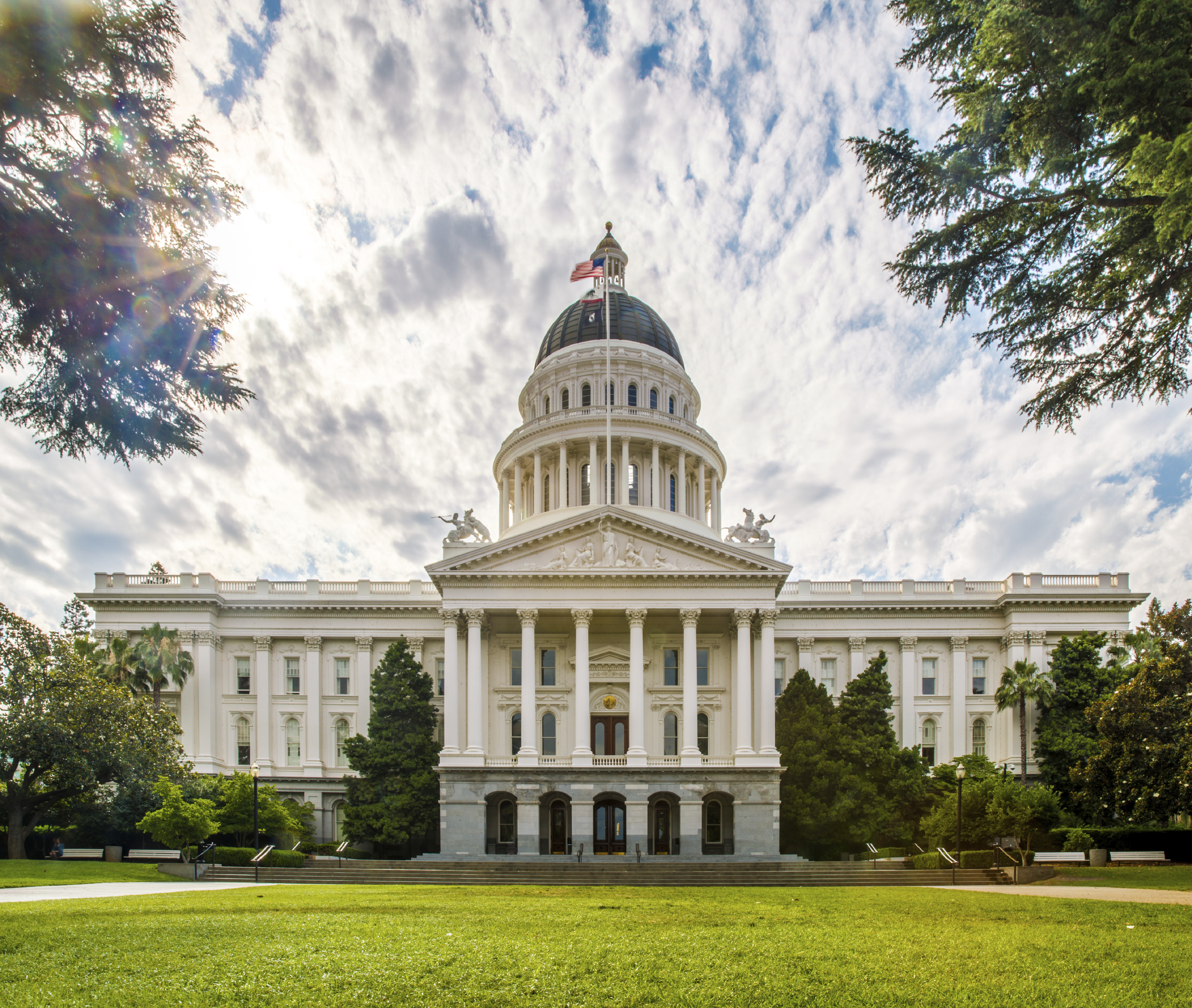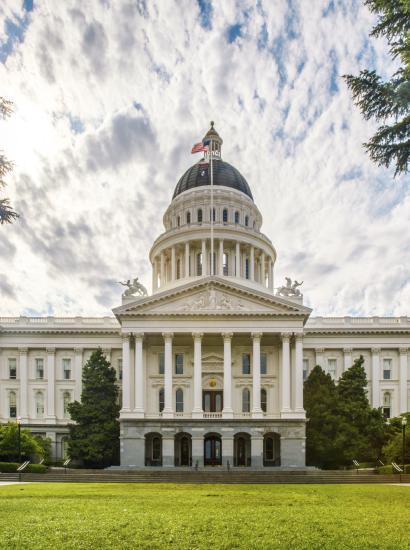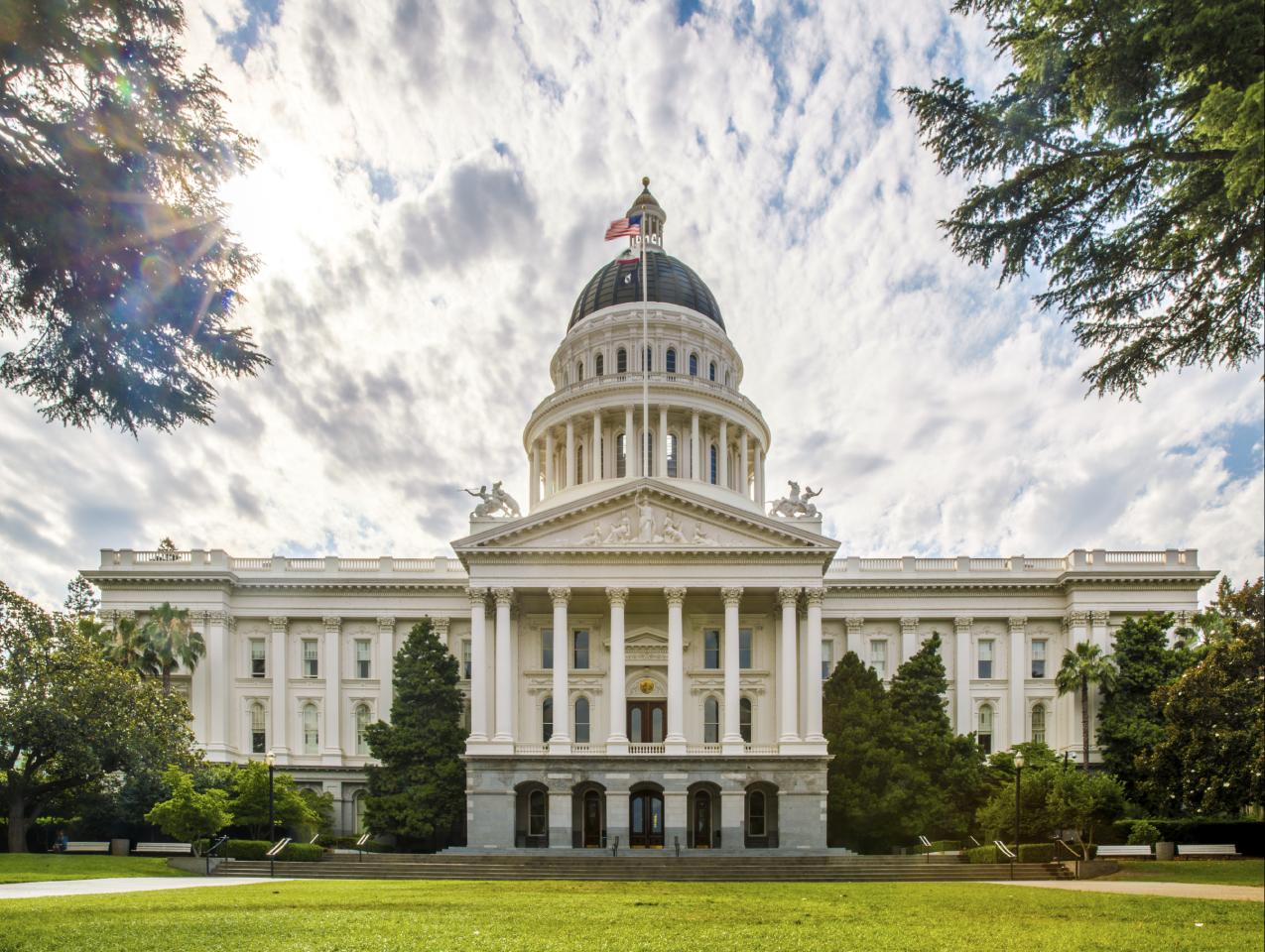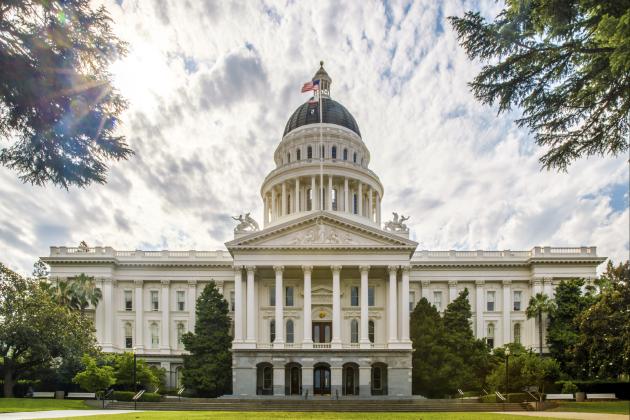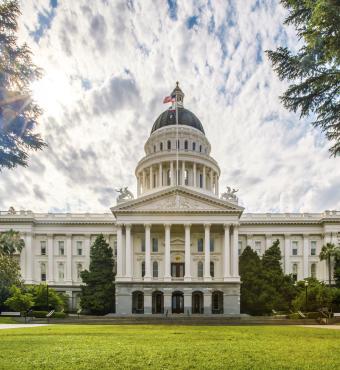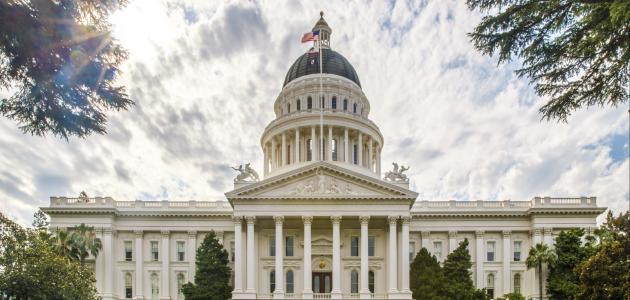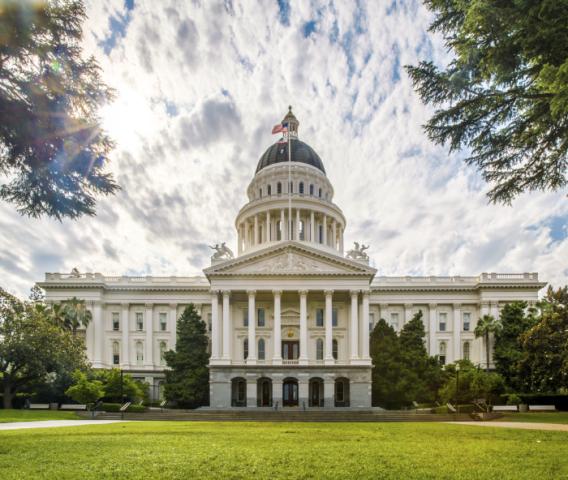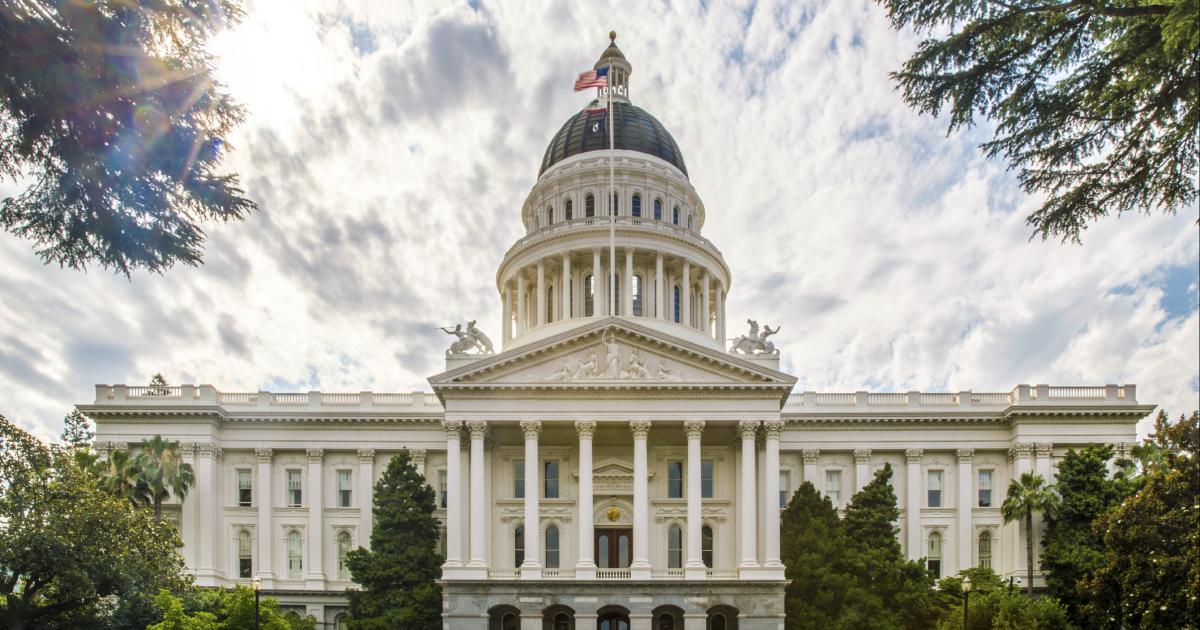To the notion of ”evergreen” stories (in journalistic parlance: a topic that never grows old): is California governable?
It’s a question that political scribes love to kick around when hard times strike the Golden State. And, as a spring of discontent gives way to a summer of disillusionment—California’s elected leaders sending mixed signals over schools reopening and society reshuttering—at some point, the Sacramento media will turn their attention to the Golden State’s ruling class and this perpetual question.
California had this conversation over a decade ago, when difficult state budget choices prompted by the Great Recession and a governor and a state legislature unable to find much in the way of common ground prompted the skeptical view.
Back in 2009, here’s what a pair of veteran California political observers considered to be the root causes behind Sacramento’s dysfunctionality—in their words, a “patchwork” government system that “lacks accountability, encourages stalemate and drifts but cannot be steered”:
- Proposition 13’s passage (the 1978 ballot measure limited property taxes) and a subsequent realignment between state and local governments (power shifting to the State Capitol)
- Formulaic budgets complicated by various spending requirements (for example, 2004’s Proposition 63, which committed new tax revenue to mental health services)
- Political gerrymandering (the self-serving redrawing of district lines by lawmakers who stand to benefit from skewed geography)
- Term limits, first imposed by California voters back in 1990, that turned the state legislature green—as in experienced, not eco-conscious
- Boom-and-bust taxation, with the state overly reliant on volatile markets and personal income (capital gains, in particular)
- A two-thirds requirement, in both legislative chambers, for approving a state budget.
A decade later, some of those villains have vanished from the opera under the State Capitol’s dome, while a few remain in the chorus. Political gerrymandering in California is no more thanks to 2008’s Proposition 11; the budget’s supermajority requirement was swept aside by 2010’s Proposition 25. Later this fall, California voters will decide whether to rewrite Prop. 13 (affecting commercial, not residential property). Moreover, while legislative term limits were not eradicated, they were relaxed eight years ago to allow lawmakers to build more tenure in an individual chamber.
As for what’s seemingly insurmountable: the state budget is still a crazy quilt of set-asides and requirements. Good luck to the lawmaker who dares to question 1988’s Proposition 98, which sets a formulaic minimum for education spending. Tax reform was addressed in the closing months of Arnold Schwarzenegger’s tenure; Democratic lawmakers quickly deep-sixed a blue-ribbon commission’s recommendations.
While there hasn’t been dramatic reform of California’s wicked ways, there has been progress. So what then, is California’s problem—and this insistence to label the experiment “ungovernable”?
Part of the frustration: the limitations of the present system.
Years ago (this was soon after 2003’s historic recall election that installed Arnold in office), four former governors sat down for an interview on what, in their estimation, ailed the state.
Pete Wilson, a two-term Republican who governed back in the 1990s, suggested that each California city be allowed control of their local school district. Jerry Brown, a Democrat who twice governed for eight years, across a four-decade span, said the Golden State should be run by a committee of four governors—two from his party, plus two Republicans.
Now, a reality check.
While California did adopt a new school-funding formula in 2013 (local communities now have a greater role in shaping local spending and program decisions), the state government is notorious for keeping a tight grip on education policy (Gov. Gavin Newsom issuing a new guidance, late last week, that will put a temporary halt to most classroom instruction being but one example).
As for Jerry Brown’s idea of a gubernatorial quadrumvirate, the Latin-reciting governor didn’t have much to say about that shared-power concept once he returned to his old office in 2011 (Brown also governed California from 1975 to 1983).
However, Brown did say something profound shortly before he left office in 2019, in an exit interview with the San Francisco Chronicle. When asked if California is “ungovernable” (yes, there’s that word again), Brown replied: “It is governable. It takes an activism on the part of legislators and interested advocates, but it also takes a real governor, in the technical sense, of a leader that is willing to put the brakes on the overheated enthusiasm of the many forces and people who want more laws and more spending.”
Brown continued: “It does take the thrust and the parry. If you have all thrust, the state will get in the hole very quickly. So you need resistance—not just to Trump, but to the more ill-considered ideas . . . that are circulating around the State Capitol.”
Allow me to translate: for California to be governable, the state requires a consistent governor who knows when to step on the accelerator and when to ease off the throttle.
Such is the question surrounding California’s current governor, Gavin Newsom.
Asked by California Politico what challenges Newsom faces in the coming weeks and months, Phil Trounstine (he served as Gov. Davis’s communications director during that administration, and he coauthored the list of California governing impairments I earlier referenced, suggested that a “governor has to just suck it up and do the right thing, regardless of political impacts.”
Trounstine added: “That’s a very hard thing for any politician to do. I think it’s particularly hard to do for Gavin Newsom, who’s never had a lot of blowback in his face. He has had a pretty charmed political career.”
What could Newsom do?
For openers, he could offer clarity and guidance on COVID-19 policy, rather than deferring to the counties and their scattershot approach. Last week’s guideline on school reopenings, controversial as it is, is a good start for Newsom being more of a stand-up leader.
Second, Newsom has to decide what sort of government he wants for California when it comes to pandemic containment—a muscular centralized bureaucracy in Sacramento that dictates terms and punishes truants, or a more libertarian system that allows counties to go their separate paths (the inconsistency of which, I’d argue, is part of what’s eating at Californians these days).
There’s one other path to fixing California that goes far beyond a more resolute governor: the “Control-Alt-Delete” that is a state constitutional convention, last tried in California in 1879. But perhaps that’s a step too far. Rather than rewriting the script, maybe the simpler, more realistic fix is the leader actor rethinking his approach to the role.
Jerry Brown was right: all California needs is a governor who knows when to gas and when to brake.
But if that’s not the case, keep in mind that the Golden State has four living former governors at present.
Just sayin’.







